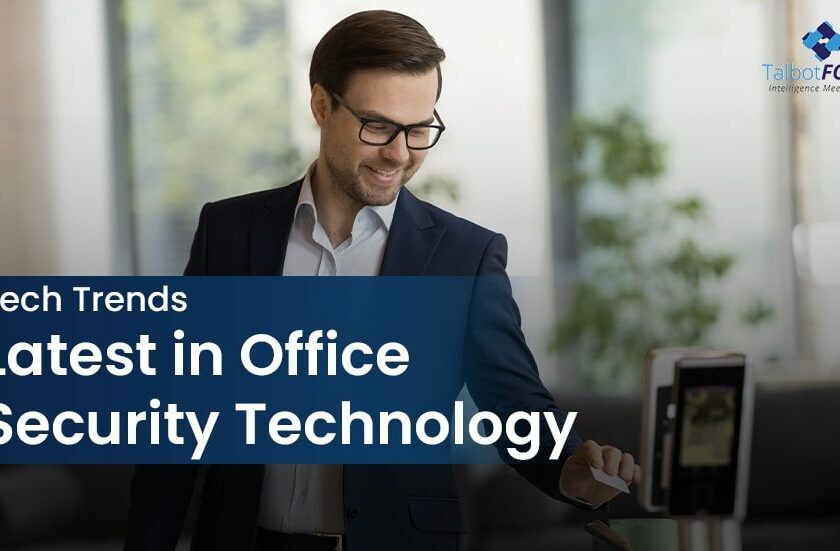In today’s rapidly evolving technological landscape, the realm of office security is undergoing a significant transformation. Businesses increasingly leverage cutting-edge technologies to ensure the safety and protection of their employees, sensitive data, and physical assets.
Let’s delve into some of the latest tech trends shaping the future of office security, with a focus on facial recognition and visitor management systems.
1. Facial Recognition Technology
1.1 Enhancing Access Control:
Facial recognition has emerged as a key player in bolstering access control systems within office premises. This technology allows for seamless and secure entry, replacing traditional methods like keycards or passwords. Employees can gain access simply by having their faces scanned, reducing the risk of unauthorized access.
1.2 Identity Verification:
Beyond access control, facial recognition plays a pivotal role in identity verification. Whether it’s logging into computers or accessing secure areas, employees can confirm their identity swiftly and accurately. This not only enhances security but also streamlines daily operations.
1.3 Contactless Solutions:
In the era of heightened hygiene awareness, contactless solutions have gained prominence. Facial recognition aligns perfectly with this trend, offering a hands-free and hygienic alternative for authentication and access control.
Know more : Trends and Innovations in Manpower Services Industry
2. Visitor Management Systems
2.1 Streamlined Check-In Processes:
Modern offices are adopting sophisticated visitor management systems to streamline the check-in process. These systems not only enhance efficiency but also contribute to a more professional and welcoming atmosphere. Visitors can register quickly, and hosts are notified promptly.
2.2 Enhanced Security:
Visitor management systems contribute to enhanced security by providing real-time monitoring and tracking of visitors within the premises. Integrating these systems with other security measures ensures a comprehensive approach to safeguarding the workplace.
2.3 Data Analytics for Insights:
Some advanced visitor management systems utilize data analytics to provide valuable insights. This includes visitor patterns, peak times, and other relevant data that can be instrumental in optimizing security protocols and resource allocation.
3. Integration of IoT and AI
3.1 Smart Security Solutions:
The integration of Internet of Things (IoT) devices and Artificial Intelligence (AI) is transforming security into a smart, proactive system. Smart cameras, sensors, and other IoT devices can detect anomalies in real-time, while AI algorithms analyze patterns to predict potential security threats.
3.2 Predictive Analytics:
AI-driven predictive analytics can anticipate security risks based on historical data, helping organizations take preventive measures. This proactive approach is a significant leap forward in mitigating potential threats before they escalate.
4. Cybersecurity Measures
4.1 Endpoint Security:
As remote work becomes more prevalent, ensuring the cybersecurity of office networks and systems is paramount. Endpoint security measures, such as robust firewalls, encryption, and secure VPNs, are crucial in protecting sensitive data from cyber threats.
4.2 Biometric Authentication for Digital Access:
In addition to physical security, biometric authentication is becoming increasingly important in securing digital access points. Technologies like fingerprint and retina scans add an extra layer of protection to sensitive digital assets.
The latest tech trends in office security represent a significant shift towards more intelligent, integrated, and user-friendly solutions. Embracing these innovations not only enhances security but also contributes to a more agile and efficient workplace.
As businesses continue to adapt to evolving security challenges, staying abreast of these trends is essential for creating a secure and resilient office environment.

